You won’t find these essays anywhere else—no social media, just this newsletter in this shared space. If my words resonate:
❤️ Like this post—so I know it spoke to you.
💬 Leave a comment—your thoughts make this a richer conversation.
📩 Share it with someone you love—these might be the words they need today.
The Body Resists
Surrender has never been safe for me. It has never meant relief … only risk. My body does not associate stillness with safety. But here, now, I am trying.
A thumb digs into the tender valley between my shoulder and neck. The initial sensation is sharp, electric — a searing tightness that radiates outward like a slow, deep burn. My breath falters but I dare not scream. The pressure deepens, the therapist’s weight shifting through his elbow, through his forearm, a measured force grinding persistently into tendon and fascia.
I flinch. He pauses for a second, then continues. There is no escape.
His knuckles roll against muscle fibers, unspooling tension that has been locked away for weeks, maybe months. Maybe decades.
Some knots are recent — stress from my husband’s surgery, long hours bent over an unergonomically-placed laptop. Others are old, woven into me like the weft of fabric. Trauma held at a cellular level. The therapist lingers, pressing into something deeper than muscle … a place where pain has shape but no name. This is where I am supposed to surrender.
The Body Remembers
I learned early how to brace.
At the dining table, absorbing my parent’s moods like a sponge, reading the sharpness in my mother’s voice, the tension in my father’s jaw, the clipped movements of their hands as they tore their rotis into pieces. I learned that silence was safer than speaking, that stillness was safer than reaction.
In crowded streets in India, where I walked with my arms close to my sides, eyes to the ground, minimizing space. Where I knew that a stranger’s hand could graze my back, my waist, my chest, and I was not supposed to react. If I flinched, if I showed resistance, if I made eye contact — I had invited it. I learned that to be unnoticed was to be safe. That the less space I took up, the less likely I was to be harmed.
And later, I learned how to sit in the quiet of my grandfather’s ancestral home, knowing that even familial hands could be dangerous. That a gentle pat on the head could lead to fingers tracing where they shouldn’t, and the safest thing was to stay still, to pretend I was asleep.
I learned that surrender was not a choice I was given.
So, I built an armor of control.
I planned my life with precision. I believed that if I worked hard enough, if I was disciplined enough, I could control every outcome.
And then, motherhood shattered that illusion.
I had charts, feeding schedules, a pump ready for every eventuality. My daughter never took the bottle. I had a crib set up, sheets washed, baby monitor charged. We co-slept until she was five. I bought organic purées, because isn’t that what all new parents do? She spat ‘em out and instead grabbed whole heads of cauliflowers and corn.
Everything I had planned, unraveled in the presence of who she actually was.
For a while, I resisted. I thought if I just found the right method, the right book, the right approach, I could get back the control I thought I had. But slowly, I learned — surrender wasn’t a failure of parenting. It was parenting.
And not just parenting — life.
We enter this world without control. We leave it without control. And in this messy middle, we fight, clench, grip, believing we can shape it to our will. But we don’t shape it … it shapes us.
The therapist presses into my lower back, grinding deep into tissue with an exquisite brutality, even as he is trying to heal.
Pain is a kind of inheritance. It settles in the body, shapes the way we hold ourselves, the way we move through the world.
But I wonder … can it also be undone?
The Paradox of Healing
Two weeks ago, I came in for my usual neck and shoulder pain.
The acupuncturist examined me, tracing my spine with practiced fingers, then shook her head and said something in rapid Mandarin to the man standing nearby. A moment later, she turned to me.
“You need more than needles today.”
That’s how I was introduced to him — the therapist who now stands above me, kneading into old wounds with steady, impersonal precision.
Today, as I lay face down, I open my eyes in response to his “Ni hao.” Black sneakers, white socks, blue scrubs. I’ve never seen his face. Don’t know his name. But he seems more in tune with my body now, finding those familiar knots but also discovering new, deeper wounds.
I do not trust my body’s own responses.
The therapist’s hands press into the small of my back, and I jolt.
Is this safe? Is this helping? Am I allowed to let go?
As his elbow presses between my shoulder blades, my body tenses involuntarily, muscles contracting microscopically, preparing for flight.
“Relax,” he says, voice professional, detached — the only other bit of English he knows. But relaxation is a privilege of the unviolated.
And yet, something shifts. Not surrender, not yet. But a deliberate choice. A negotiation between past and present.
I exhale, and my shoulders drop a fraction of an inch.
After the Unraveling
By evening, I am making daal and rice. The cumin crackles in ghee, the onions blacken in slow surrender. I watch them transform — whole to fractured, recognizable to unrecognizable, raw to charred beyond return. Just as my body has been, under decades of unwanted hands.
My fingers stir mechanically while my mind lingers somewhere else, still dissolving on that green massage table from earlier.
I wonder if this is why I make art … and I can see the dots connect.
Because touch was never safe, I made with my hands instead — another form of control. Because silence was suffocating, I created color loud enough to speak for me — a way to remain still but heard. Because my body learned to brace before it learned to breathe, I let my fingers move freely across paper, canvas, fabric — a way to let go of hesitation and fear.
The first time I pressed my fingers in paint, spread it over a page, felt the drag of texture — I understood something words had never been able to tell me. That I could create something that belonged only to me. That I could control the pressure, the movement, the shape of what emerged. That hands could give instead of take, could make instead of endure.
Art became the release my body could not yet allow. The relief that came without permission. The only touch that felt entirely mine.
Even now, long after childhood, after survival, after learning how to live inside my own skin, my hands still seek that same refuge. I press pigment into paper, add layer upon layer, make marks, drip, plop, swish.
Some people call it creativity. I call it oxygen.
This is why I make. To soothe the ache of all I could not stop. To hold, in my hands, what was once taken from me. To remind myself that my body is still mine.
And that healing is a kind of surrender — the slow, deliberate act of reclaiming what was always meant to be.
Maybe surrender isn’t about giving up. Maybe it’s about allowing.
Allowing the pressure to deepen before the release. Allowing the breath to expand before the exhale. Allowing the pain to move through before it passes.
And then, as I stand stirring the daal, I remember another moment of profound surrender. One that came not through pain, but through wonder.
The Vastness of Surrender
The night my daughter, husband and I stood at Lake Tekapo, the sky was infinite.
The lake was still, the entire shoreline dark, the sky so vast it felt like it could swallow us whole.
And there — without telescopes, without cameras, without anything but our own eyes — we saw the Milky Way.
Light, traveling to us from the past. A past so vast it dwarfed everything else.
I cried. Not from sadness, not even from joy, but from the sheer overwhelm of it.
For so much of my life, I had gripped tightly — control, expectations, old hurts, old fears — as if I could hold the world steady in my own hands.
But how small we are. How fleeting. How little we actually control.
Not our birth. Not our death. And mostly nothing in between.
In that moment, on that night in one of the darkest places in the Southern Hemisphere, I realized that surrender is not giving up.
It is letting go of the illusion that we were ever in control in the first place.
What Surrender Looks Like Now
It is parenting the child I have, not the one I imagined.
It is floating on water, feeling the world carry me instead of fighting to stay upright.
It is knowing that even if I don’t do anything, life will still unfold.
It is making art — without agenda, without knowing where it will lead.
On Friday, in The Ripple Room — a creative community space where we gather once a month — I saw surrender unfold in real time.
There were no instructions. Just an open space, a quiet invitation.
For some, surrender meant making marks on paper. For others, it meant simply sitting there, breathing, allowing themselves to be without producing, without proving.
For me, it was to let go and swirl paint around — unleashing my three-year-old self — until it showed itself as a zine.
Reflections from The Ripple Room
What happens when a group of creatives gathers — not to perfect, but to play?
That’s the thing about surrender. It’s never a single act. It’s a practice. A muscle we learn to soften, over and over again.
I think of my past self … the one who would have seen surrender as weakness. I wish I could tell her:
You don’t have to grip everything so tightly. There is another way.
It is possible to let go without losing yourself.
It is possible to trust without being betrayed.
It is possible to surrender — not as defeat, but as the greatest act of self-belief.
And maybe, that’s what healing really is.
Not a fight. Not a battle.
But the simple, radical decision to stop resisting and seeing what happens next.
XOXO,
Mansi.

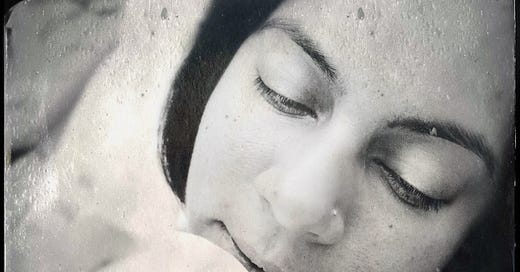


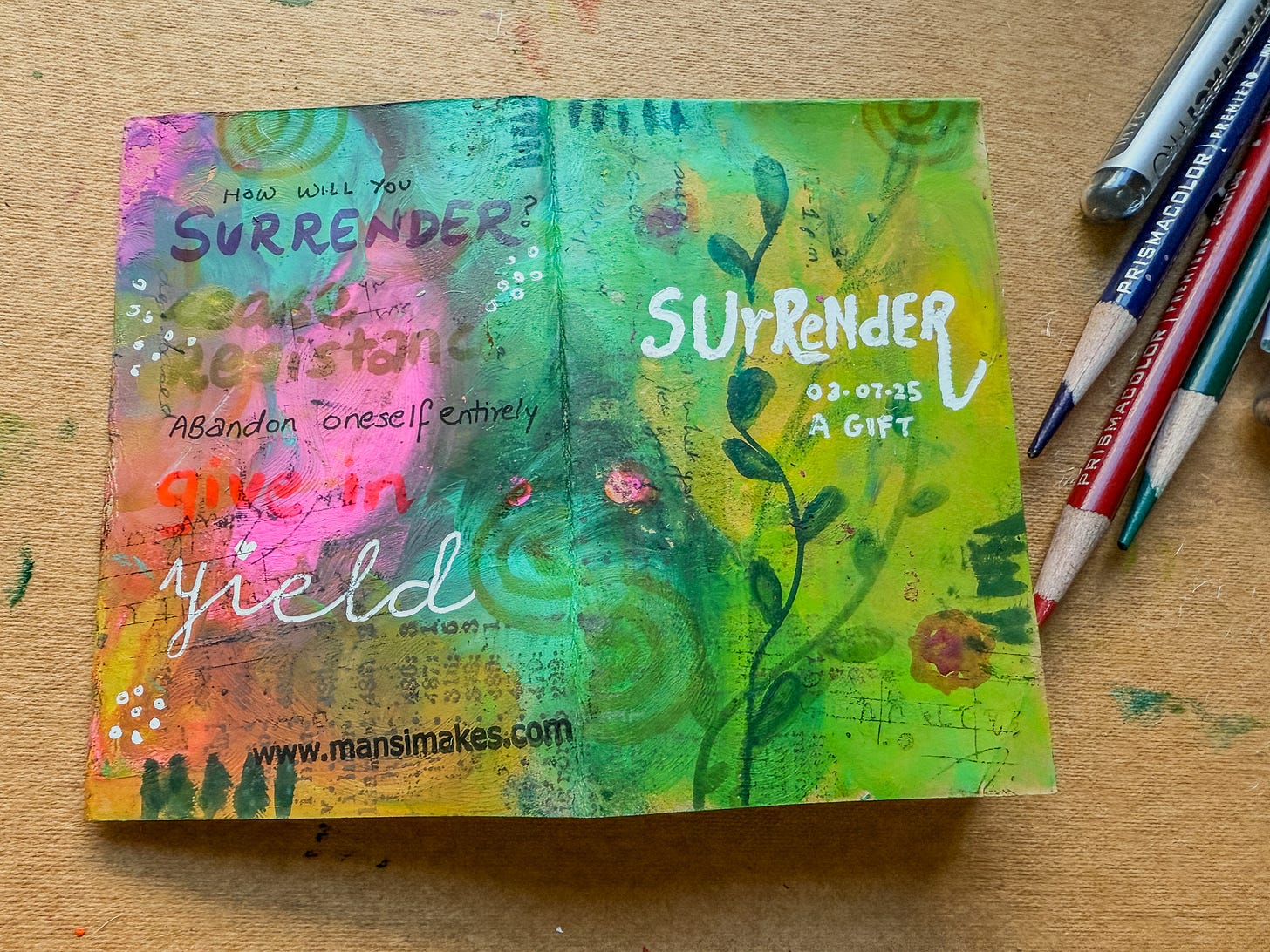

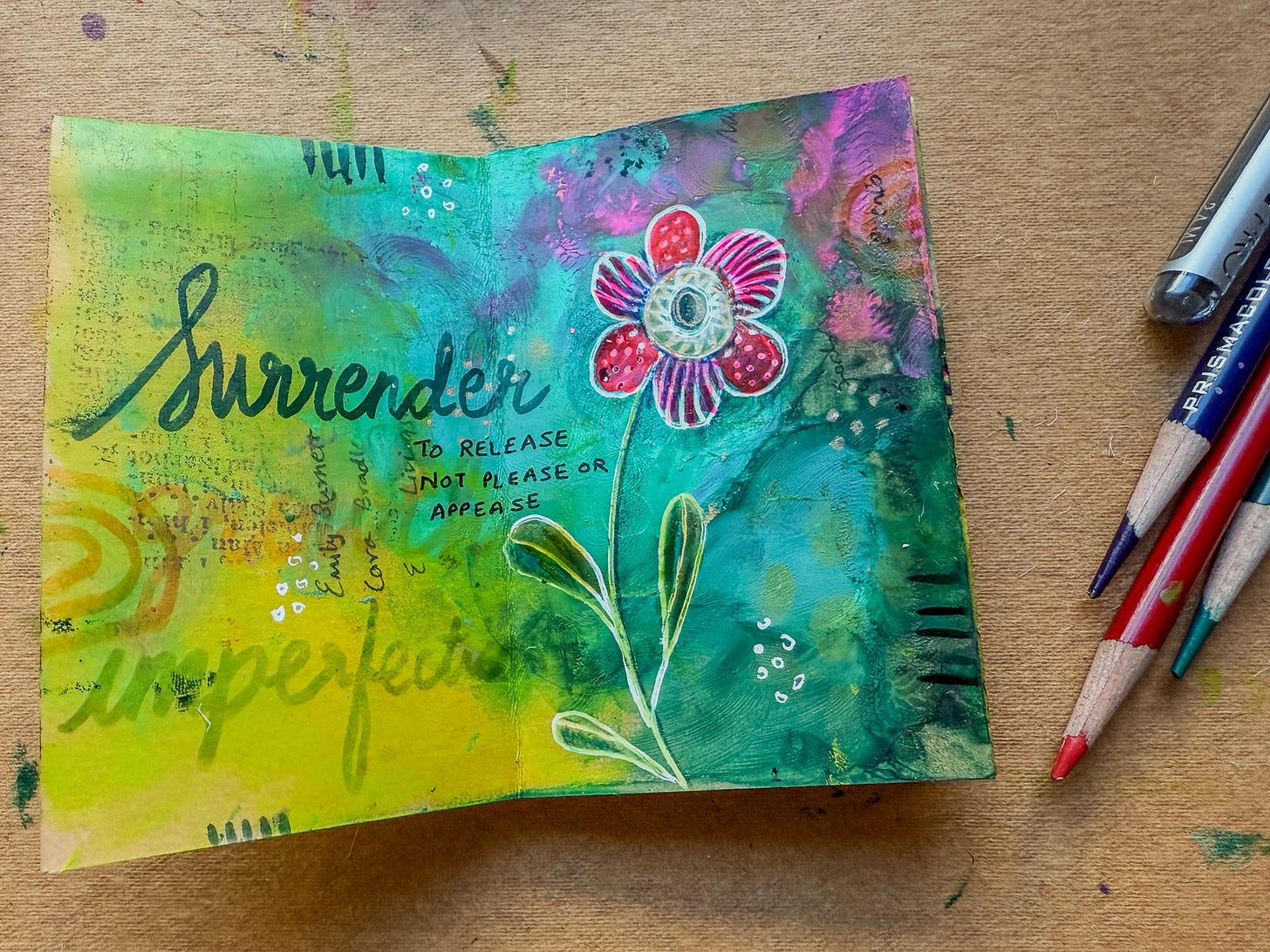
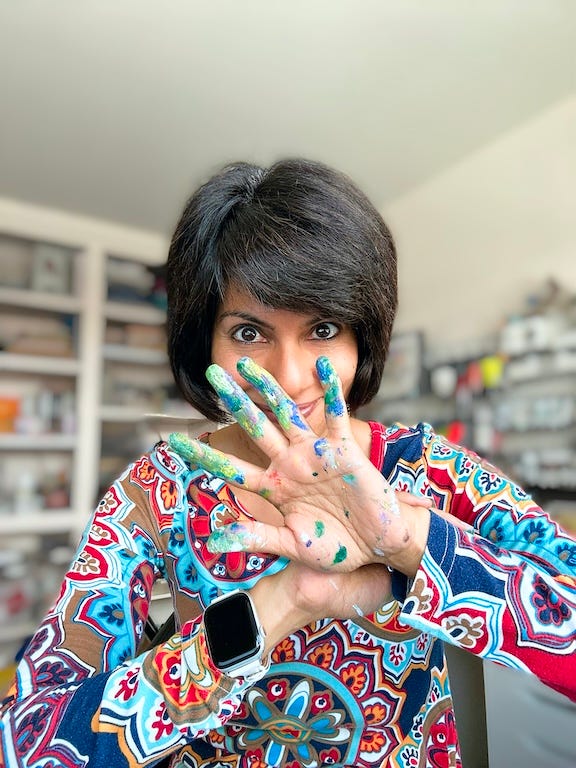
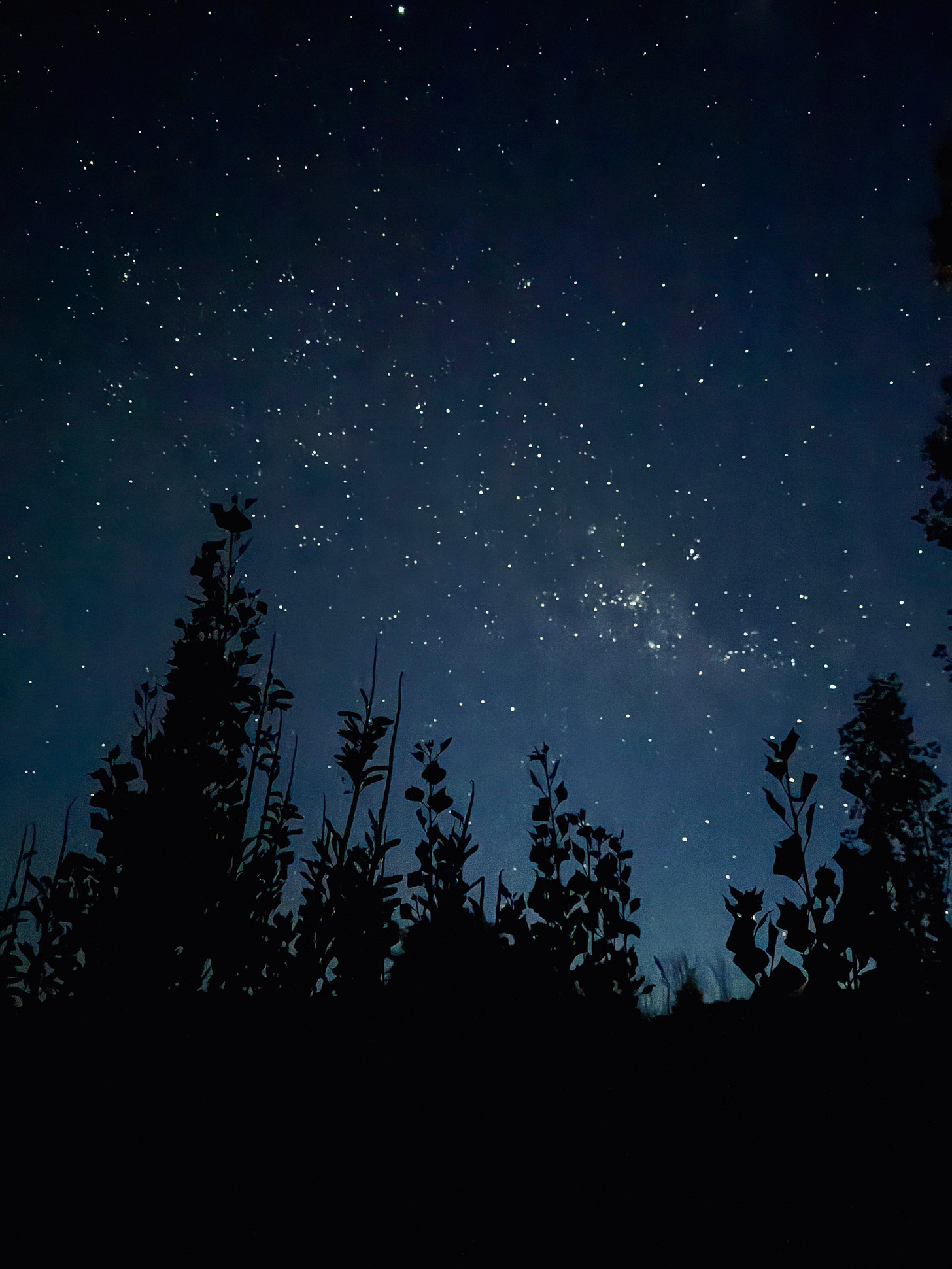
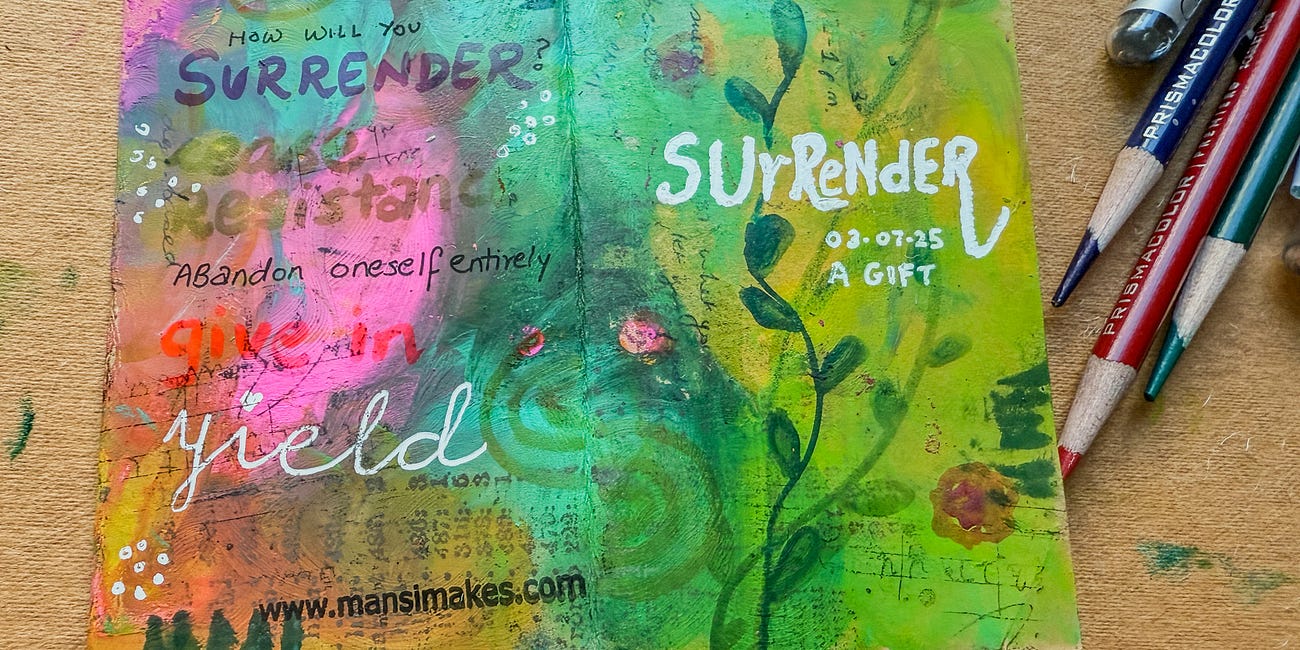
Dear friend,
I have so much I wish I could say about this piece. As I read, I mostly felt that you were describing my own life and my own lived experience. It seems to me we could be fantastic friends who met often if only we lived close by, but I will still be grateful for the friendship we can have at a distance.
Just know that your writing is breathtaking. It is stunning, jarring, honest, and pure. Every word of this today hit my heart in a way that led me through a constellation of emotions and memories.
You are gifted. I feel incredibly honored to know you.
Loved so many parts of this. Heart wrenchingly beautiful.